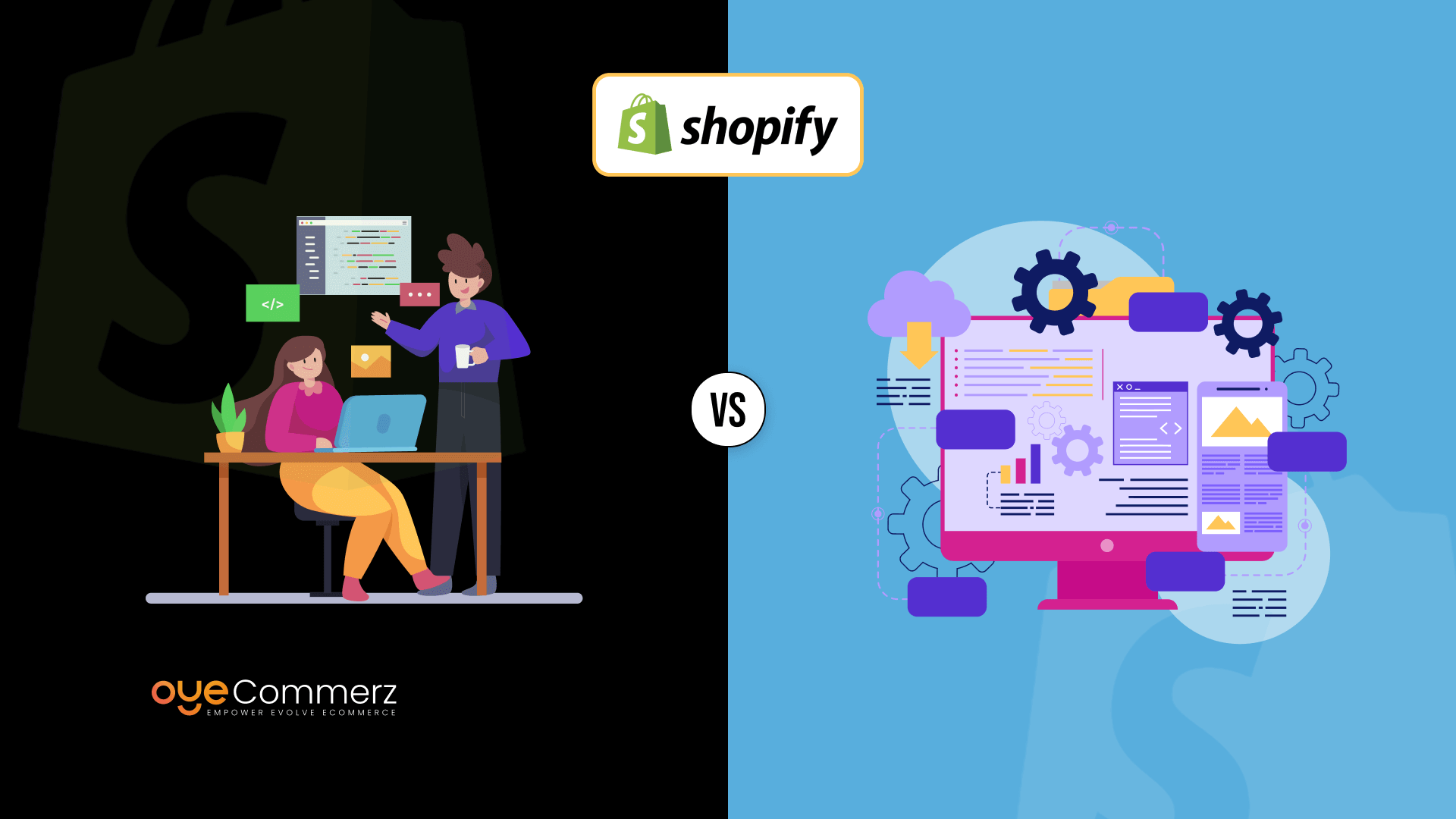Introduction
In the current cutthroat e-commerce landscape, differentiating is paramount, and a top method to differentiate a Shopify store is through tailored app development. A robust Shopify app can enhance store capabilities, streamline operations, and boost customer engagement. This guide delves into key aspects of Shopify app development, covering API integration and app ecosystem to scaling strategies and promotion methods, providing a roadmap for businesses looking for superior store performance.
Why Shopify API Integration Matters
Shopify’s API provides powerful tools to customize and expand store capabilities. With the GraphQL and REST API options, developers can access data to build applications that handle inventory control, order handling, and customer data management smoothly. Integrating Shopify’s API can lead to better workflow automation and enables stores to serve customers more effectively.
Adopting the Polaris Design System
Polaris is Shopify's set of design guidelines for creating user-friendly and easy-to-use Shopify apps. By following Polaris guidelines, developers guarantee that apps seamlessly integrate within the Shopify Admin experience. This provides a cohesive appearance that appeals to Shopify merchants, promoting ease of use and comfort for merchants utilizing your custom app.
Navigating the Shopify App Ecosystem
The Shopify app ecosystem offers endless possibilities for improving e-commerce sites. From managing fulfillment processes to boosting customer interaction, apps in this environment are tailored to meet diverse business requirements. Learning about this ecosystem helps developers in identifying unique app ideas and enables seamless integration of third-party services that enhance the store.
Developing Embedded Shopify Apps
Embedded apps work seamlessly within the Shopify Admin, allowing a seamless experience for merchants. They ensure that merchants don’t have to leave their Shopify control panel, streamlining their workflow. Using Shopify App Bridge and embedded app features is recommended for offering a unified, integrated user experience.
Using Node.js and React for Shopify Apps
The technologies Node.js and React have emerged as ideal tools for Shopify app development. Node.js enables high-performance server-side applications, while React allows for dynamic, responsive front-end design. Combined, they offer an excellent platform for creating speedy, scalable Shopify apps that enhance store performance and customer interaction.
Webhooks in Shopify Apps
Webhooks allow real-time data updates between Shopify and an outside application. They initiate events such as new orders or stock changes and provide immediate alerts to your app. By utilizing Maintenance for Shopify apps webhooks, apps can deliver real-time insights for store owners, simplifying processes and increasing efficiency.
Customer Engagement and Digital Marketing for Shopify Apps
To make a Shopify app successful, engaging customers is key. Using online marketing techniques like SEO, email marketing, and social media campaigns can increase app usage. Additionally, creating applications with customer interaction as a focus (e.g., loyalty programs or personalized suggestions) boosts user loyalty and satisfaction.
Making Your Shopify App Scalable
As e-commerce businesses grow, so do their technological needs. Ensuring that your app can scale to handle increased traffic, larger data sets, and more advanced functionalities is critical. By improving server resources and using scalable technologies, you can develop apps that expand in parallel to a store’s growth.
Important Features and Maintenance Tips for Shopify Apps
For an app to Benefits of Shopify API integration for e-commerce be useful, it should offer essential features like user authentication, dashboard analytics, and support channels. Ongoing app upkeep, including updates to fix bugs and compatibility checks with new Shopify features, is important to maintain continuous operation and prevent disruptions to merchant workflows.
Summary
Custom Shopify app development offers immense opportunities for e-commerce stores, offering the ability to improve store functionality, streamline processes, and foster customer loyalty. With API integrations and Node.js to focusing on scalability and customer interaction, creating a Shopify app requires thoughtful preparation and strategic execution. If you’re ready to elevate your e-commerce experience, a tailored Shopify application may be the ideal choice. What features do you see for your ideal app? Share your ideas and take the first step toward an enhanced e-commerce journey!
